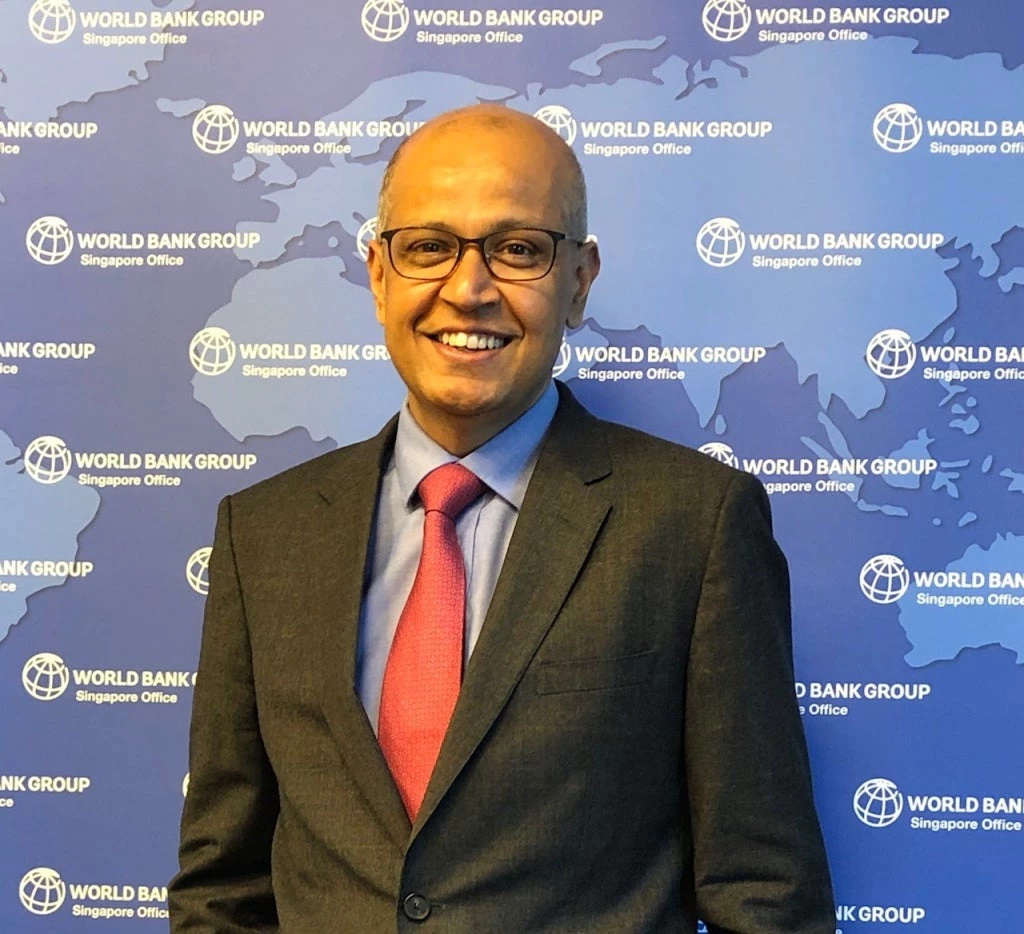 |
| Flood affected areas in Metro Manila Region and Rizal Province, Philippines. Hi-res version. Canadian Space Agency Image processing, map created 29/09/2009 by UNITAR/UNOSAT. |
I call Mukami on her cell-phone. She says that Manila has seen some of the worst flooding in its history after Typhoon Kestana dumped 16.7 inches of rain in just 12 hours on Saturday. The Government is immediately looking for satellite images to help in the search and rescue efforts. Some World Bank staff were still unaccounted for. She also asks about what other assistance the Bank can offer the Government in the aftermath of this disaster.
Acquiring satellite images in the aftermath of major disasters is governed by the International Charter on Space and Major Disasters. The charter has been activated more than 1,500 times since it was signed in July 1999, most recently for the flooding in North Dakota on September 24. I get in touch with my counterpart in the United Nations Office for Outer Space Affairs (UNOOSA) conveying the request. He responds almost immediately asking for the coordinates for the images needed. The EO-1 satellite is tasked to do a fly-by Tuesday morning. This may sound a little bit late, but it turns out that satellite images are usually not effective for immediate search and rescue because of cloud cover and the delay in positioning satellites to capture the images. They are however, very useful for relief, recovery and reconstruction efforts.
Meanwhile, the team on the ground, led by Bert Hofman, our Country Director in Manila, first focuses on ensuring the safety of all Bank staff. Then, under the new framework agreement with the European Commission and the UN on post disaster needs assessment, a conference call is scheduled to discuss a preparedness plan for a multi-agency Post-Disaster Needs Assessment (PDNA), in case the Government requests one. I get in touch with my colleagues in the Global Facility for Disaster Reduction and Recovery (GFDRR) to alert them of this possibility and the program that could follow.
Coincidentally, there is a large Bank mission in Manila to start a dialog with the Government of Philippines on a comprehensive clean-up of the River Pasig. This disaster sharpens the focus of the longer-term River Pasig program in reducing vulnerability to natural hazards, especially focusing on the poor who tend to live on the most vulnerable areas of the city, including the riverfront. The emails start flying back and forth with ideas: are there examples of using slum upgrading programs to reduce disaster risks, how would you design an effective, well-targeted cash transfer program for recovery etc etc.?
The disturbing feature is that such tragedies are increasingly becoming more frequent. We responded in July this year to the worst flooding in 50 years in Ulaanbataar with a team from the Disaster Risk Management Global Expert Team to look at medium-term options for reducing vulnerability to floods. While climate change is exacerbating the frequency of severe weather events, years of chronic underinvestment in sewage and storm-water drainage coupled with poor urban planning is making this problem worse.
Later on Monday I get a call from a colleague in UNOOSA saying that Ketsana is headed to Central Vietnam and the Canadian satellite that will take the images for the Philippines could also track the storm for us as it hits Vietnam. Are we interested? Yes, please!
Ketsana slams into Central Vietnam killing at least 27 people. She moves on to cause massive flooding in Laos. On Tuesday afternoon a massive earthquake triggers a tsunami hitting Samoa and American Samoa. On Wednesday morning another massive earthquake hits just off the coast of Southern Sumatra, Indonesia. The team starts to pull together teams for possible needs assessments for Samoa, reallocating existing grant resources towards recovery efforts there and in Laos, and monitoring the situation in Indonesia. The challenge (and bitter-sweetness) of working on disasters is never to lose sight that these numbers are about real people, families losing everything they have and making sure that we are able to help effectively and efficiently.


Join the Conversation